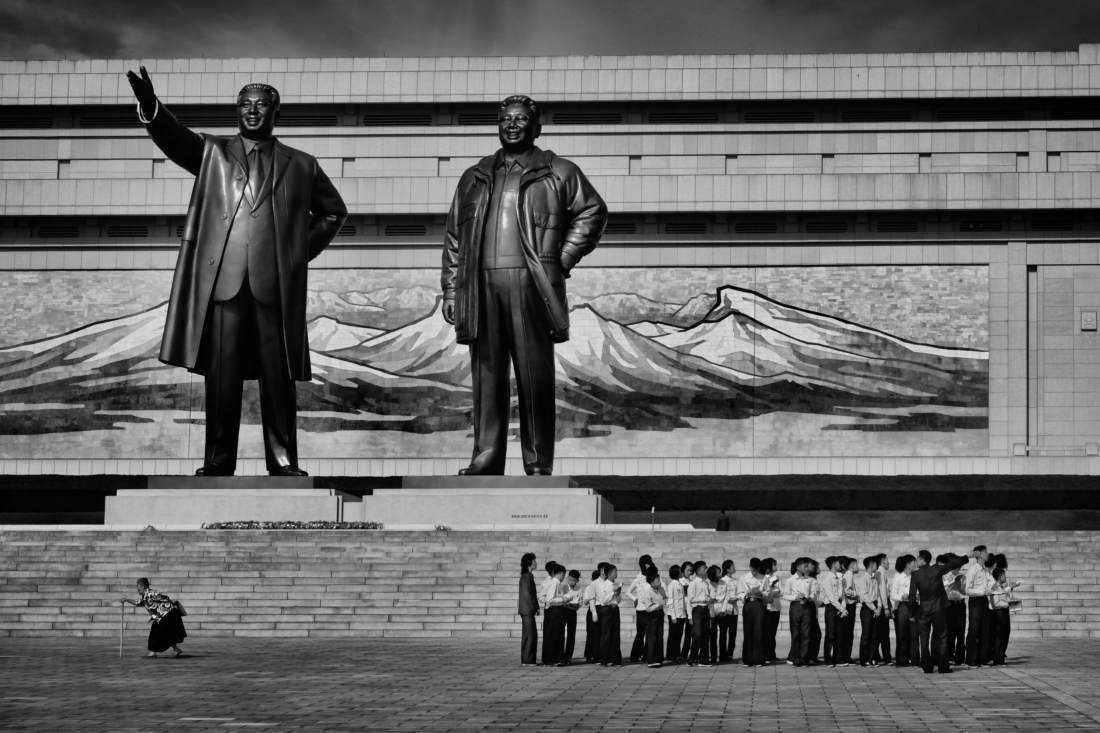Alain Schroeder, the best author of URBAN 2019 Photo Awards
As you know, this year we made some changes to the final ranking of URBAN Photo Awards, introducing a new award, the Best Author: an acknowledgment reserved for the competitor who reach the highest parts of the ranking with more photos or projects, demonstrating a marked authorial talent expressed through different works.
The prize went to the Belgian photojournalist Alain Schroeder, who was also ranked first in the Projects & Portfolios section with the Kim City project (after having obtained the same award in 2016, with the project Kushti).
Born in 1955, Alain Schroeder founded Reporters in 1989, a well-known photo agency in Belgium. He has illustrated over thirty books dedicated to China, Iran, the Renaissance, Ancient Rome, the Gardens of Europe, Thailand, Tuscany, Crete, Vietnam, Budapest, Venice, the Abbeys of Europe, Natural Sites of Europe, etc. Belgian book titles include, «Le Carnaval de Binche vu par 30 Photographes», and «Processions de Foi, Les Marches de l’Entre-Sambre-et-Meuse». Publications include National Geographic, Geo, Paris Match,… He has won many international awards including a Nikon Japan award for the Who Will Save the Rohingya series, the TPOTY (Travel Photographer of the Year) award with two series – Living for Death and Kushti, a World Press Photo 1st Prize Sport Stories for the series Kid Jockeys, and participated in numerous exhibitions worldwide.
There are five Schroeder projects that have impressed the URBAN 2019 jury. The aforementioned Kim City, a report on North Korea, is paired with Taekwondo North Korea Style, centered on the famous martial art.
Then there is Miracle Mud, set in the Romanian town of Techirghiol, near the Black Sea, famous for its therapeutic mud.
With Grandma Divers the photographer’s goal moves to the island of Jeju, in South Korea, to observe the traditional group of Haenyeo, elderly “women of the sea” who dive off the coast of the island harvesting delicacies from the sea.
Finally, Saving Orangutans takes a critical look at the relationship between man and nature in Indonesia, where on the one hand humans destroy virgin forests, wounding and killing animals, while on the other hand they do everything possible to save them.







